In depth: Red tourism booms in Yunnan
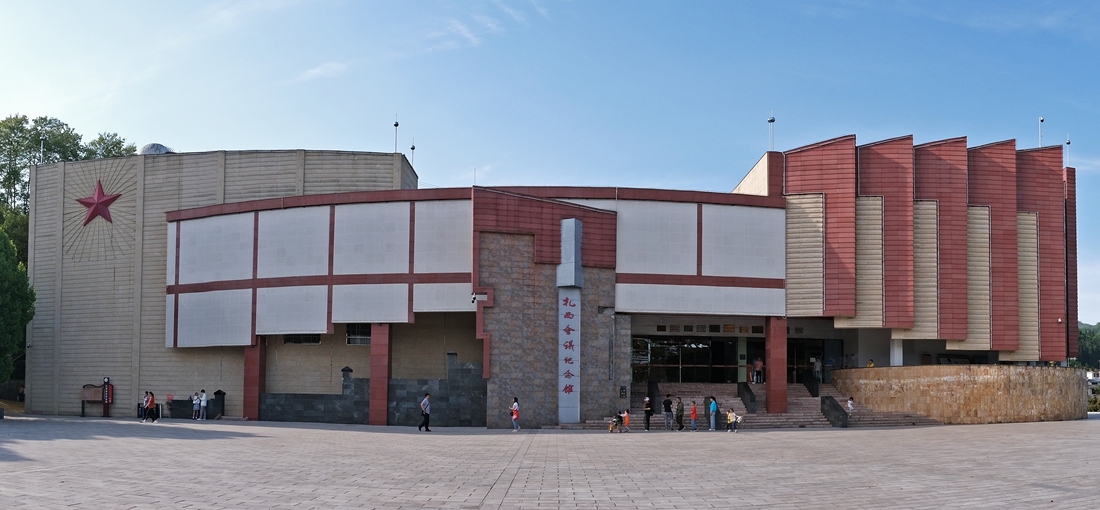
Editor's note:
This year marks the 100th anniversary of the founding of the Communist Party of China(CPC). As the centenary is celebrated around the country, red tourism are becoming more popular. Located in southwest China, Yunnan have abundant red tourism resources. In recent years, multiple red tourism routes has brought novel experiences for tourists travelling to the province.
In Kunming, capital of the province, the Museum of Yunnan Army Academy has rolled out an array of creative cultural products, among which the ice cream in the shape of century-old buildings is the most popular. Many of the photos were shared on Wechat moments by visitors to the Museum. In northwest Yunnan’s Lijiang, red culture and local ethnic culture are integrated to create immersive experience for tourists.
In Weixin county in the northeast of the province, the curator of the Zhaxi Meeting Museum has got a plan to apply high technologies to improve visitors’ experience while creating better conditions for them to understand the important and historical Zhaxi Meeting held during the Long March of the Red Army.
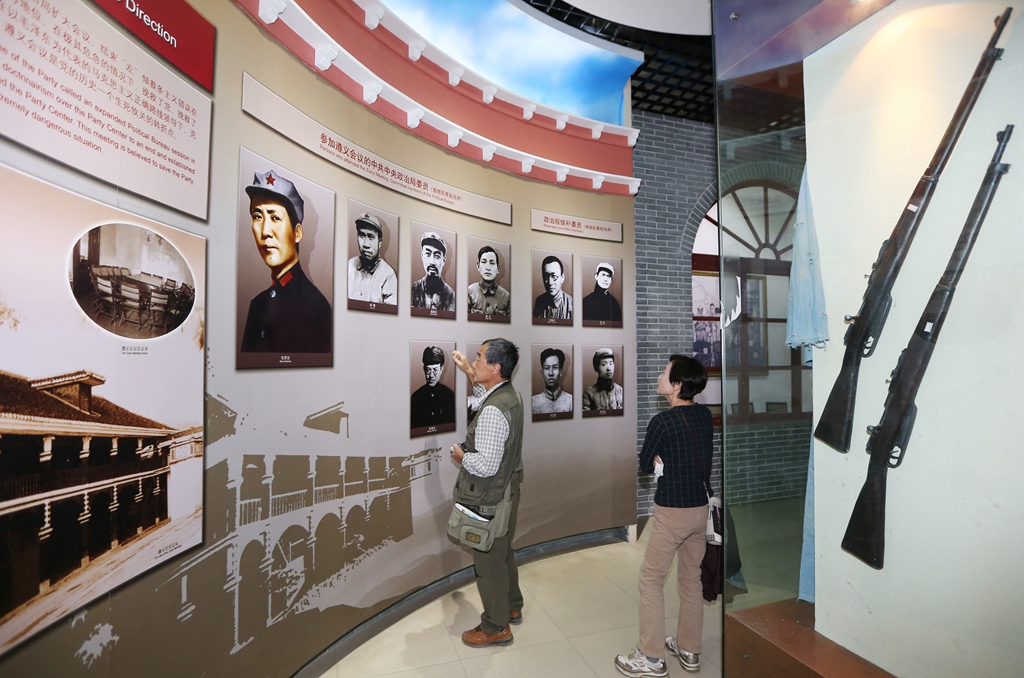
Red tourism booms in Yunnan
Red tourism refers to traveling to historical sites with a modern revolutionary legacy. In Yunnan, it has become a top choice for tourists to visit these historical sites, learn about the revolutionary history and gain a better knowledge of the heroic deeds of the pioneers who sacrificed their lives for the nation.
Red tourism routes unveiled
These days, the color “red” has become the dominant hue of the front page of the “Go Yunnan” App, a tourism digitalization platform where smart travel services are provided for tourists before, during and after their travel in Yunnan.
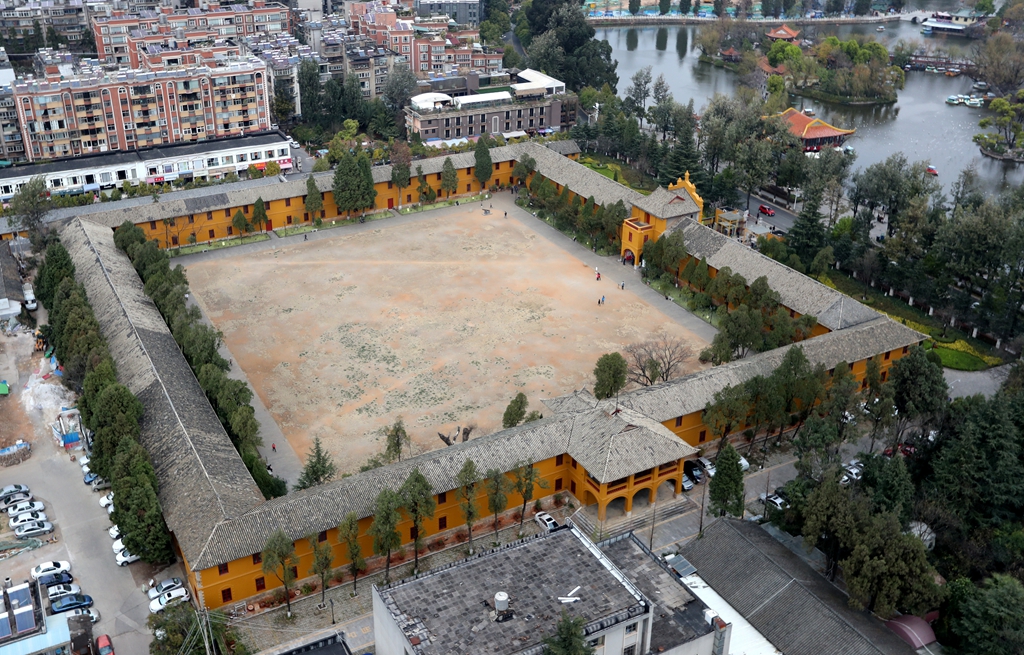
Amid the celebrations of CPC’s centenary, the App rolled out a special collection of red tourism services, covering red tourist routes, historical sites, tourism products, heroic deeds of the pioneers and news related to the centenary celebrations. The “Go Yunnan” App is not alone.
In recent years, various types of red tourism products with local characteristics have been unveiled in prefectures and cities across Yunnan.
In May of this year, Yunnan’s two red tourism routes——“Colorful Yunnan•Red tourism hotspot” route and the “Historical Changes of Lisu Villages” route were listed into the 100 boutique red tourism routes for the CPC centenary celebration.

Recently, the Publicity Department of CPC Central Committee included two red tourism sites in Yunnan into the list of 111 newly recognized demonstration bases for patriotism education. And they are the Diqing Museum of Long March of the Red Army and the Memorial Hall for Nanyang Overseas Chinese Mechanics Returning Home to Join the War of Resistance against Japanese Aggression.
On June 30, the Yunnan provincial department of culture and tourism released 60 red tourism routes which cover tourist spots, memorial sites, museums and historical sites.
Creating novel experience
Red culture are presented to tourists in more creative and attractive ways in Yunnan. Examples are the ice cream in the shape of old buildings of Yunnan Army Academy Museum and the new documentary——One Day When We Were Young which retraces the student life of 16 renowned alumni of the Kunming-based National Southwest Associated University temporarily merged by Peking University, Tsinghua University and Nankai University during the Chinese People’s War of Resistance against Japanese Aggression.

The “Colorful Yunnan•Red tourism hotspot” route starts from Zhaxi Meeting Memorial Hall in Weixin County, northeast Yunnan’s Zhaotong City. The hall was built to to commemorate a series of meetings held in Zhaxi by the Political Bureau of the CPC Central Committee in February of 1935.
Abundant in red tourism resources, the Weixin County has rolled out a tourist route which centers around Zhaxi Memorial Hall and connects other historical sites with revolutionary legacy.
“As one of the stations along the Chengdu-Guiyang High-speed Railway, Weixin has received an increasing number of tourists since the railway was open to traffic at the end of 2019, ” said Mr. Zhuo Jiayong, curator of Zhaxi Meeting Memorial where the number of visitors has doubled since May of this year.
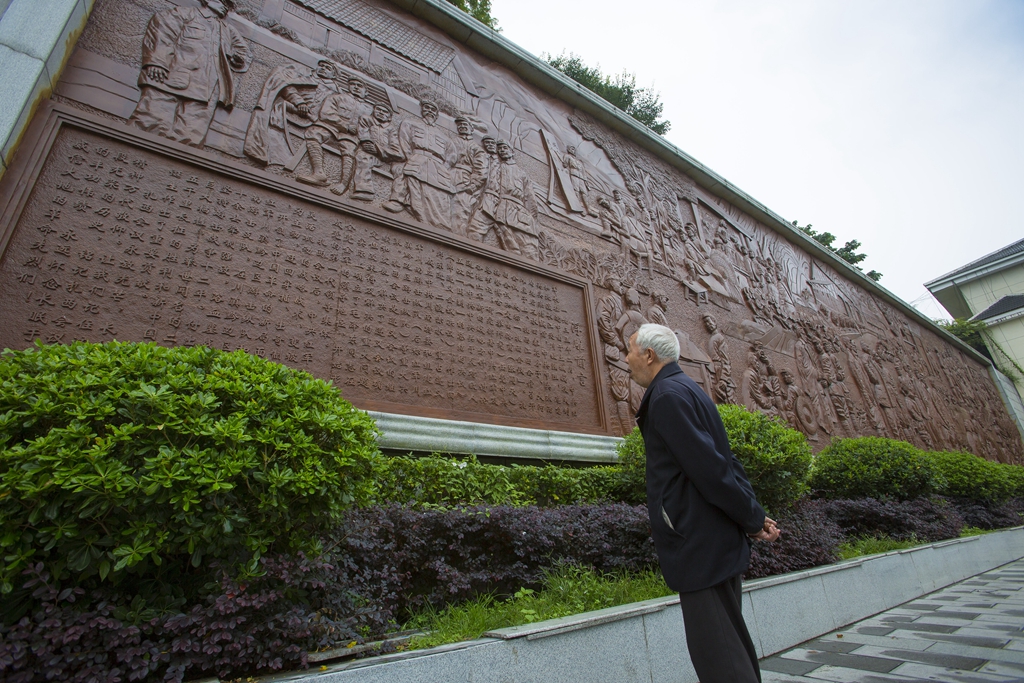
Zhuo added that his team extended the daily operation time of the hall and more guides were hired to cater for the need of visitors.
“Since the start of this year, we have made revisions to the historical materials, displayed more newly-discovered items and held several exhibitions. In the future, we will introduce high technologies to build a smarter memorial hall and provide more immersive experience for visitors, ” said Zhuo.
“Integration and creativity are vital to building brands of red tourism,”said Ms. Li Ling, deputy general manger of Gucheng Ethnic Culture Industry Company which operates the Headquarter Memorial Hall of Long March of Red Army Passing through Lijiang. Li said her company integrated the red culture and the local ethnic culture, and rolled out five tourist routes.
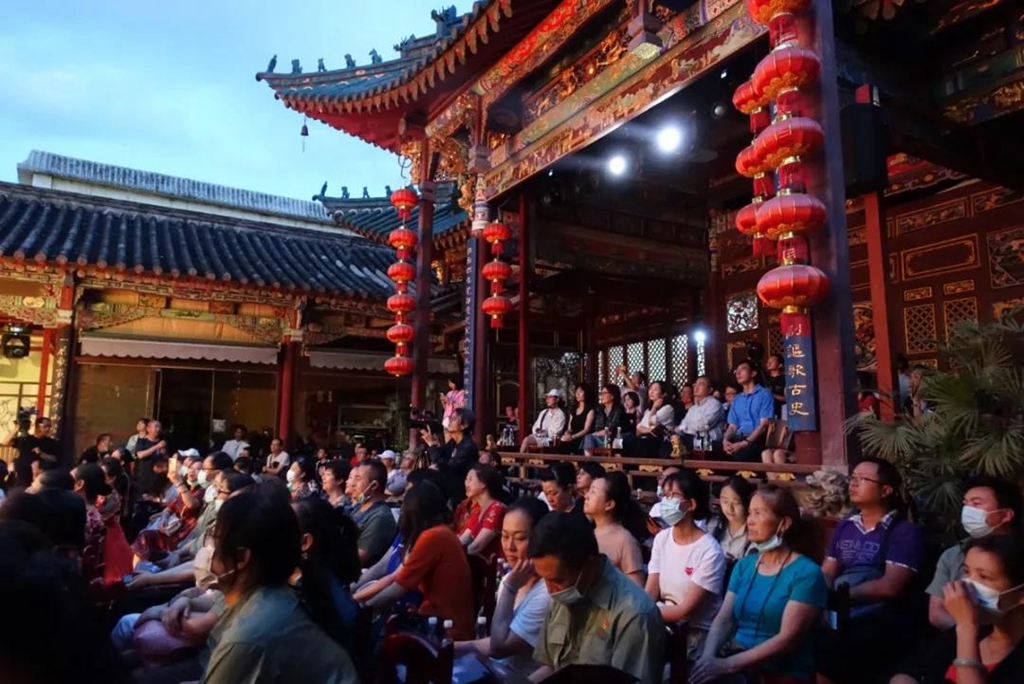
By creating immersive experience programs, the company has enhanced the sense of participation of tourists. On May 31, the drama Wu Cheng was premiered in Kunming. Telling the stories of Wu Cheng, the first female communist in Yunnan, the drama was supervised and produced by Kunming Xinchao Culture Operation Company.
In recent years, the company also created musical dramas like Nie Er which retraces the life of Mr. Nie Er, the composer of China’s national anthem——March of The Volunteers, and has been staged for an audience of more than 10,000. Many of the viewers visited the former residence of Nie Er in central Yunnan’s Yuxi after watching the drama.
Interest from the young
Red tourism booms as more young people are showing interest in visiting revolutionary sites. In social media platforms, tips on red tourism has become hot topics among younger generations.
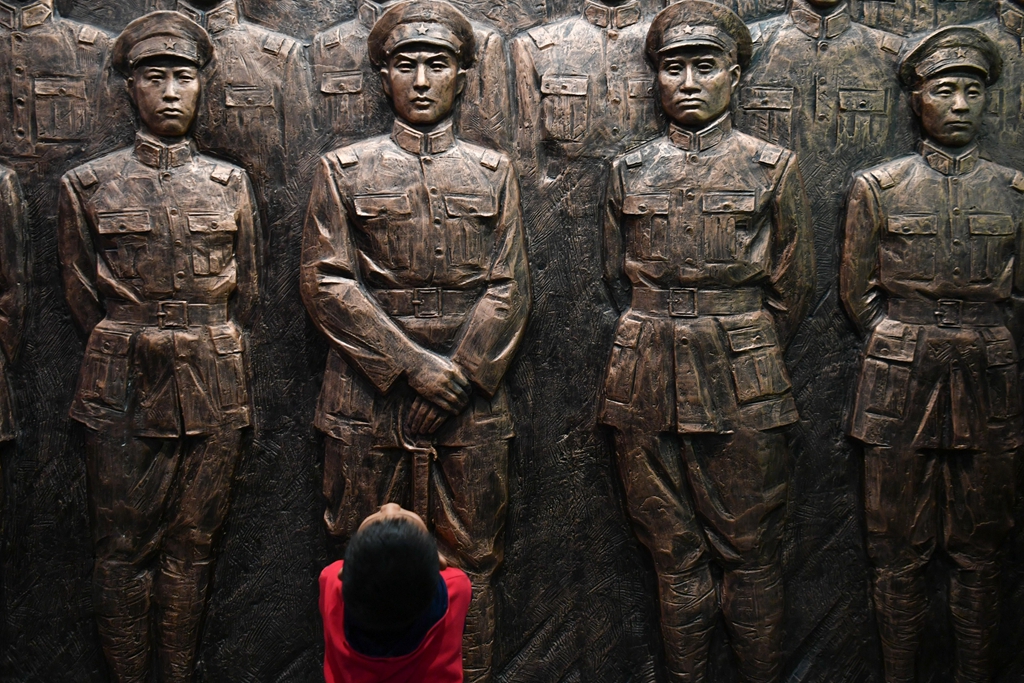
According to statistics released by domestic travel platforms, red tourism has become top choice for more and more post-1980, 1990 and 2000 travelers.
Analysts said that how to attract young tourists is key to the development of red tourism. Different from traditional travels, experience-centered trips are the common demand of many youths.
Qi Qi is a post1990 netizen fromwest Yunnan’sDali. For him, red tourism IP has drawn a lot of attention from the younger generation.
According to Chen Siyi, a post-2000 college student, the immersive experiences could touch the heart of the young and arouse their patriotism.
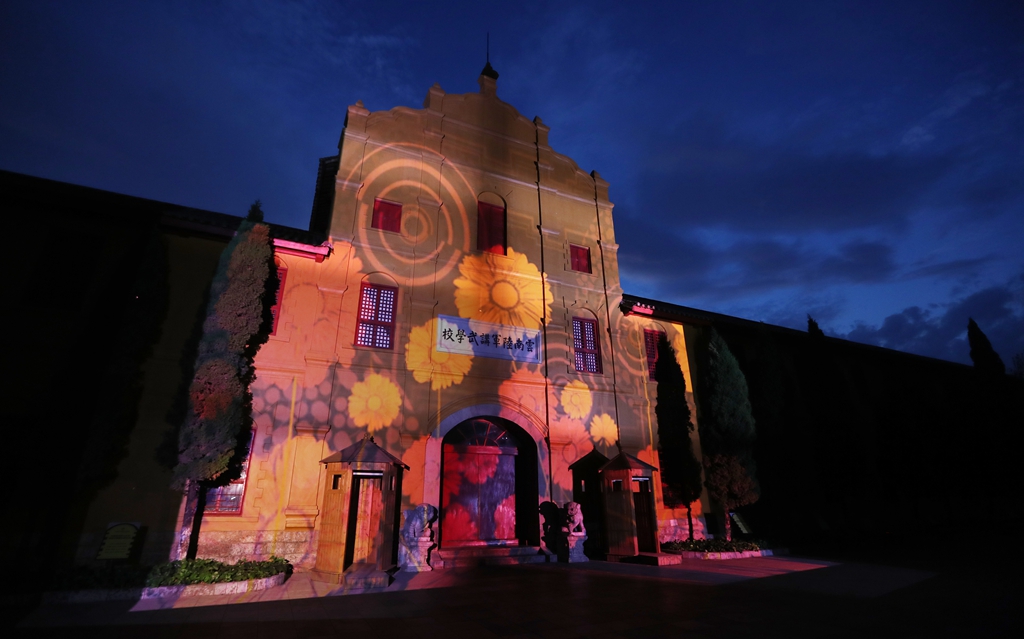
Zhu Bowei, the president of Kunming Association of Travel Agencies, said that as Chinese economy grew rapidly and people became more rich, red tourism has climbed onto the list of many tourists across the country, especially in this year as the CPC celebrates its centenary.
According to him, it’s important for us to protect the red tourism resources while paying attention to their education value.
“People travel to discover beautiful cultural and natural landscapes, have special experiences and find joy. Red tourism is a good way to offer cultural meaning while educating people,” he said that to meet the demand of young people, “we need to integrate the natural and cultural resources. ”

Written by Liu Ziyu, Zu Hongbing and Shu Wen; Translated by Zu Hongbing